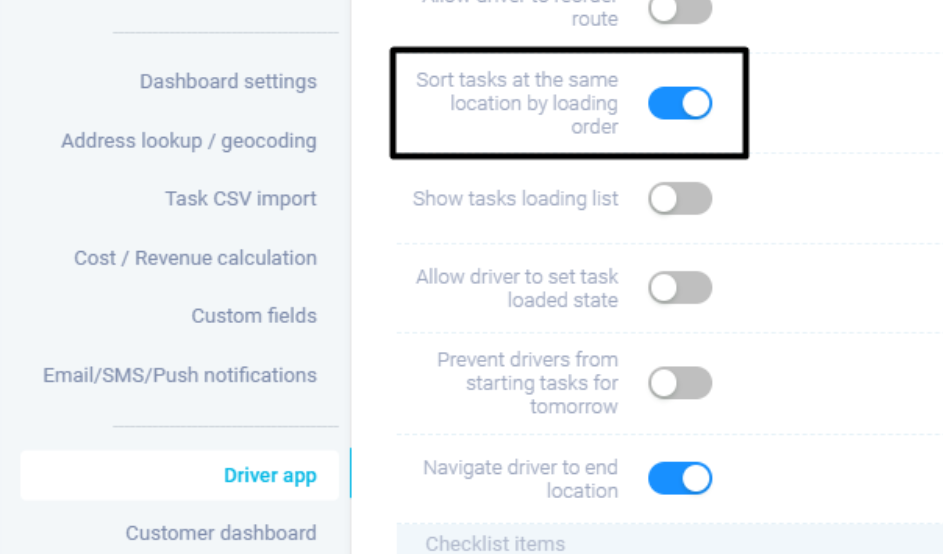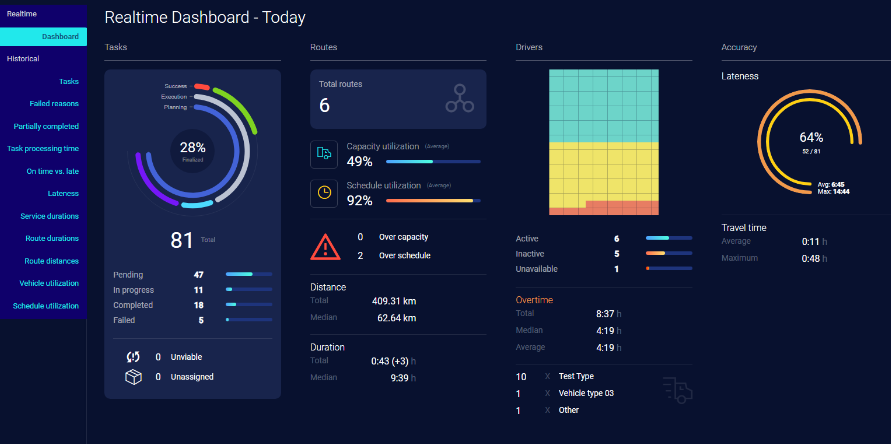Maintaining accurate inventory is essential for efficient warehouse and business operations.
Why store inventory if you're unaware of it or unable to sell it? This leads to wasted space and unnecessary expenses.
Selling items you don’t have can disappoint customers who must wait weeks or months for restocking, potentially losing them for good.
To prevent these issues, ensure your digital inventory matches what's physically in your warehouses.
This article explores inventory accuracy, shares company success stories, and offers actionable advice for improvement.
To find the section that interests you most, click the link below:
Understanding Inventory Accuracy
Inventory accuracy is a measure of how closely your recorded warehouse stock matches your actual inventory. It's vital for preventing stockouts, shortages, shrinkage, ensuring inventory quality, and delivering a positive customer experience.
Inaccuracies can lead to various supply chain problems. Selling a product that isn't in stock or having incorrect stock levels in your records can cause significant issues.
This is why addressing inventory inaccuracies is crucial.
Matching Physical Inventory with Electronic Records
To ensure your records are accurate, it's important to conduct regular physical counts of your inventory. Afterward, compare this with your electronic records to reconcile any discrepancies.
Compare the following:
- Electronic (or paper) records. These are used for marketing and selling products both online and in physical stores. Inventory data is usually kept in an ERP solution or inventory management system. It is also frequently updated automatically through connections with e-commerce platforms.
- Numbers from physical inventory counts. This refers to the actual counts of items in your warehouse or stores that you can conduct manually or using scanning devices.
Manual physical inventory counts can be conducted in two ways:
- Perform a comprehensive manual inventory count every two weeks or monthly.
- Use cycle counting, where a small part of the inventory is counted on designated days, focusing on accuracy.
To assess record accuracy, you need this manually confirmed inventory data. Get this data before applying the following formula.
Calculating Inventory Accuracy
To determine inventory accuracy, manually count the current number of items in stock. Divide this count by the recorded stock quantity, then multiply by 100 to get your inventory accuracy rate.
Before calculating and using your inventory accuracy rate as a key performance indicator (KPI), ensure you have a dependable manual count. It will help to compare against your inventory records.
The manual count should fulfill these criteria:
- Verified by multiple employees to cut human error.
- Conducted meticulously over several days with a strong emphasis on accuracy.
Using the available data, the calculation is simple.
Understanding Inventory Accuracy Rates
Research suggests that typical inventory accuracy rates for companies using SKUs and barcode scanning ranges from 65% to 75%.
Of course, having a low percentage is not good for business.
However, achieving a high accuracy rate of 97% or more is generally considered a benchmark for companies aiming to enhance their inventory management practices.
The Importance of Accurate Inventory
For efficient business operations and optimized inventory management, it's crucial that your inventory records accurately reflect your actual inventory. Failing to do so can lead to various consequences, including:
Customer Loss Due to Delayed Orders
Research by Voxware reveals that a significant part (up to 69%) of customers will not return to shop with you if their delivery is delayed by more than two days.
When a customer orders a product listed in the records but not in the warehouse, it can lead to weeks of waiting for the package.
Considering the impact of a two-day delay on customer retention, longer delays are likely even more detrimental. Maintaining accurate inventory counts is essential to prevent unexpected stockouts and customer dissatisfaction.
Untracked Inventory Leads to Sales Delays
You may have inventory that isn't recorded in your system. This unregistered inventory can't be sold or included in your operational plans.
This situation significantly slows down product sales. It can also cause challenges in inventory control, such as dealing with expired or spoiled goods. Inaccurate inventory data can also disrupt inventory forecasting. That leads to more problems with order fulfillment and replenishment.
May Cause Overstocking and Increased Holding Costs
Inaccurate records can result in misguided decisions, such as purchasing excessive inventory based on flawed usage data.
This can lead to surplus inventory, higher carrying costs, and warehouses filled with unsellable goods.
To manage stock levels effectively, it's essential to maintain accurate digital records.
Let's explore how one company addressed this issue.
Achieving 99.99% Inventory Accuracy: Modern Solutions for Distribution Companies

Encountering difficulties in achieving optimal inventory accuracy can pose significant challenges for distribution operations.
Managing inventory effectively is crucial for meeting customer demands and maintaining operational efficiency.
Implementing modern inventory management solutions can be instrumental in overcoming these challenges. It can also help to improve accuracy and performance.
How New WMS With Real-Time Tracking Can Help
The Scale WMS (Warehouse Management System) uses barcoding and RFID to track incoming and outgoing items in real-time.
Each item shipped or received in the warehouse is promptly scanned, automatically updating the system with its status.
Improved Accuracy through Automation
Automation cut human errors by automatically updating records with new shipment information.
These automated processes have significantly reduced errors. That resulted in an impressive 99.99% inventory accuracy, achieved without manual cycle counting.
Enhanced Efficiency in Picking, Packing, and Shipping
Real-time tracking using RFIDs enhances the efficiency of picking, packing, and shipping operations.
With location tracking in real-time, pickers no longer need extensive knowledge of product storage locations to work efficiently. That makes it easier for new employees to adapt and perform effectively.
Yet, maintaining accurate inventory records is crucial for successful last-mile delivery.
The Importance of Accuracy from Warehouse to Doorstep
Enhanced inventory accuracy is a valuable asset for your business. Yet, precision is critical across all aspects of logistics.
Even if your stock is correct and the order is accurate, an incorrect delivery address can lead to costly mistakes and customer dissatisfaction.
Thus, you should focus on shipping accuracy.
With eLogii, you can cut human errors using a delivery driver app. Also, make sure to track packages in real-time, and leverage analytics to address any persistent challenges.
Reduce Errors with Our Driver App

With eLogii, managers can effortlessly send routes directly to drivers using the driver app. Drivers can access the order list and navigation directions instantly with a simple click. That eliminates the risk of address mistyping or misreading.
Real-Time Package Tracking
By utilizing the app, you can track your drivers' movements and deliveries in real time. When drivers reach their destination, the app prompts them to confirm successful delivery.
The app transmits this information to the dashboard, including real-time GPS location, for comprehensive tracking and visibility.
Use Analytics to Resolve Delivery Issues

Use detailed analytics to address challenges such as failed or delayed deliveries. Identify patterns like problematic weekdays or drivers not allowing enough wait time for customers.
Leverage data exploration to pinpoint the root causes of these issues and put in place effective solutions.
Enhance Efficiency with Optimized Routes and Timely Deliveries
eLogii is designed to optimize routes and schedules, ensuring packages are delivered on time.
Unlike basic tracking systems, our route optimization software streamlines route planning and scheduling.
With eLogii, you can plan up to five weeks of deliveries in minutes. That eliminates the need for lengthy manual processes with spreadsheets and maps.
Simply import your order list, and eLogii will take care of the rest.
Conclusion
Enhance inventory accuracy by implementing cycle counts or upgrading your WMS. Accurate electronic records prevent overstocking and ensure timely product sales. That helps to avoid cancellations or delays due to phantom inventory.
For precise customer order delivery, leverage eLogii to track packages, reduce human errors, and optimize delivery routes to expedite shipments.
